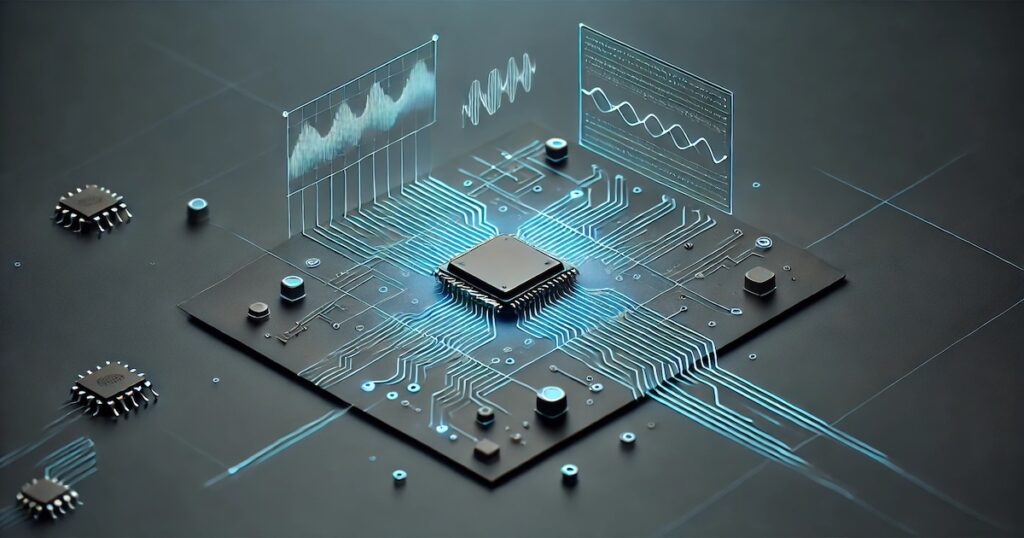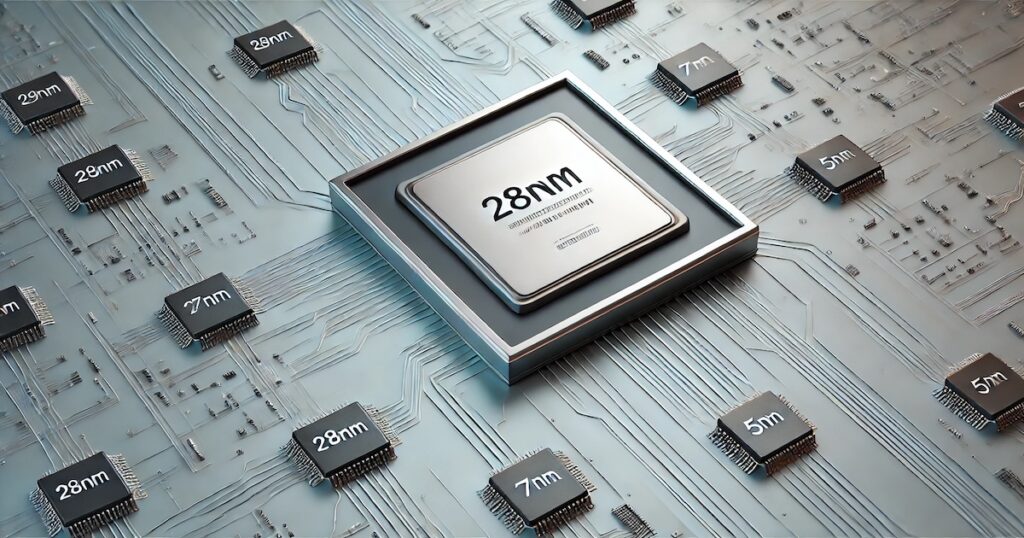Photo by Jeremy Bezanger on Unsplash
THE FEATURES DRIVING SEMICONDUCTOR COMPUTING
The computing world is heavily reliant on semiconductor products. To implement target features, it is important to look into the low-level hardware characteristics. These characteristics over the years have become key driving factors and are not defining how future semiconductor-powered computing will be.
The features that drive semiconductor computing are well known. These are a perfect combination of technical and business aspects. The business aspect focuses on increasing the margin apart from acquiring new markets and customers. The technical features set the foundation of how the computing system will work.
The technical and business feature list is endless, but below few points define how key features drive the semiconductor-powered computing world.
PPA: Power, performance, and area are technical features that have been around for several decades and are still relevant today. These three key features define how a product will impact the overall system. As semiconductor technology has progressed, these three features have too. In the end, it all boils down to the different combinations of these three factors, which are required to power any given semiconductor computing system.
Time: Time is a business feature, and it tracks the time required to bring the product into the market. The right product, right time, for the right market can enable high revenue. It also increases the market reach. In a highly competitive world like the semiconductor industry, the time has been a differentiating factor between leaders and followers.
Cost: Cost is another business feature that impacts the overall product development. More time to develop or manufacture a product will increase the cost exponentially. New semiconductor technologies like FETs, Packaging, and Testing also have increased the cost of product development.
Two critical changes have occurred in approximately the last two years: First is the increasing complexity of the semiconductor products that power the computing world (XPUs etc.). Second is the resources required to bring the complex features into the market.
The complexity comes as part of providing modern features. The resources aspect (non-human) is something that has an impact on semiconductor computing. The reason is the CapEx-driven facilities and continuous investment required to drive next-gen semiconductor computing.


THE NEXT-GEN SEMICONDUCTOR COMPUTING FEATURES
The world of computing is advancing. The need to provide modern semiconductor-powered systems is never going to end. To meet customer (and market) demand, the semiconductor industry has to keep inventing next-gen features.
The semiconductor industry has already been inventing new technologies for decades and thus pushing the computing industry forward. These features have followed Moore’s law, and several got launched due to the market demand.
FET: FETs are the building blocks of any silicon chip. Several transformational changes have occurred around FETs. However, the angstrom era demands a new wave of FETs that can drive the critical components (XPUs and other similar chips) towards power and performance needs that can drive next-gen semiconductor needs. These can be from better operating to area requirements.
Package: Like FETs, package technology has to evolve. While several advanced packaging solutions already exist, there are still new features required to manage the complexity of the new generation of design methodologies like chiplets brings-in. On top of all this, package technology also has to be cost-effective, otherwise, the cost of manufacturing will keep rising.
Adaptive: Workloads are getting complex year-on-year. Constant architecture processing these new workloads often ends up with bottlenecks. Design and manufacturing approaches for chips targeted for the computing industry needs to be more adaptive. Neural Processing Units (NPUs) provide a way forward, but still, a lot of work is required to make it mass-market friendly.
The computing world is going through drastic changes. Customers want a balance of power and performance to drive savings without impacting features. Balancing these two features is not an easy task. That is why next-gen features like FETs, package technologies, and adaptive will play a key role in shaping up the semiconductor-powered computing industry for the decades to come.
Apart from features, drastic changes in design and manufacturing methodologies are also two key pieces that will drive next-gen semiconductor computing features. All this will heavily rely on how the existing and emerging semiconductor companies bring in the new solutions.






